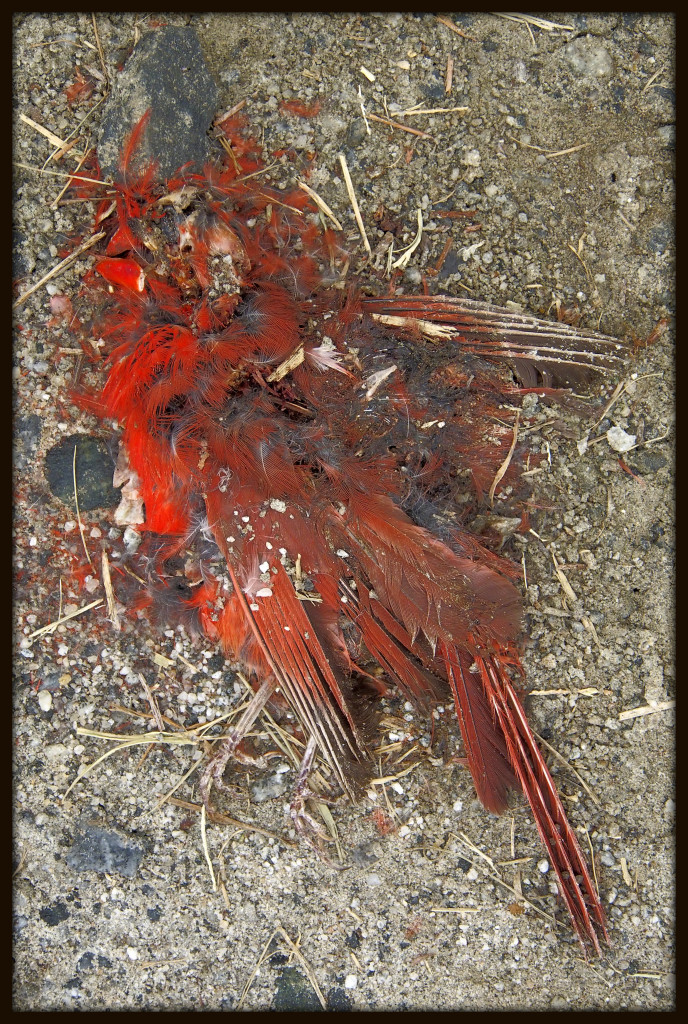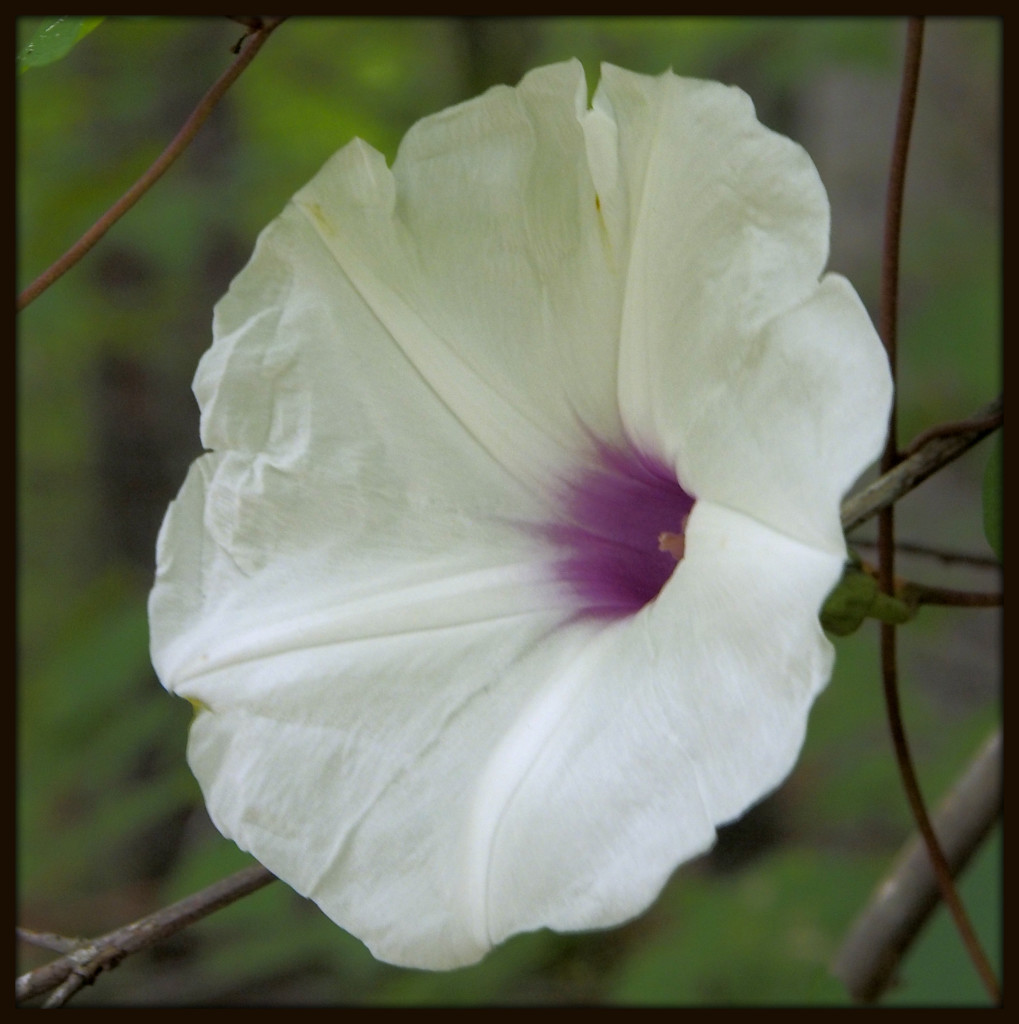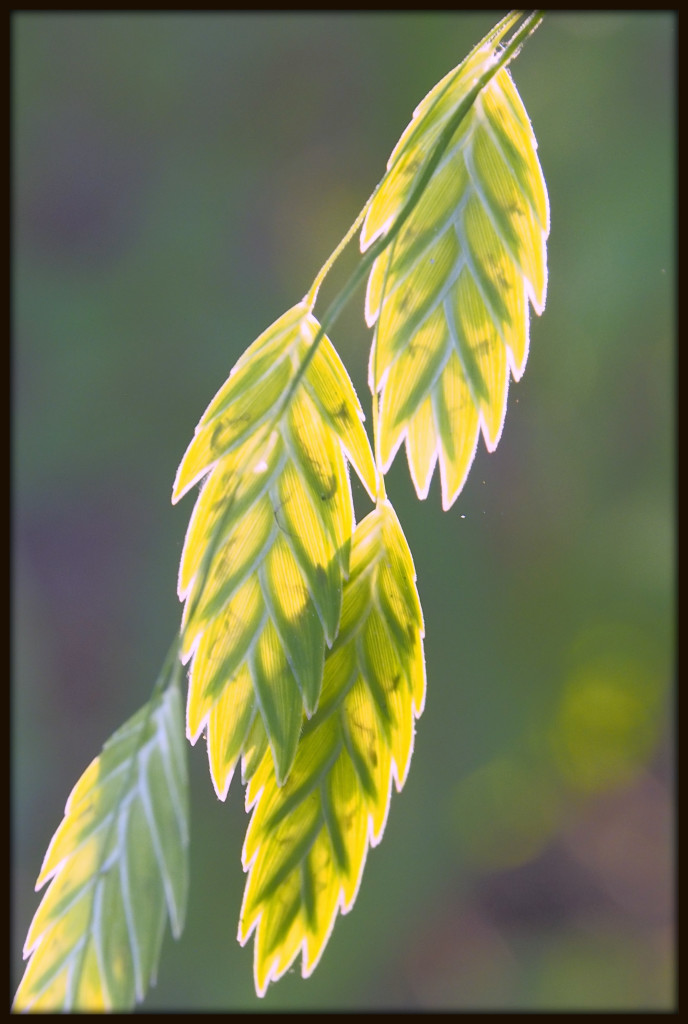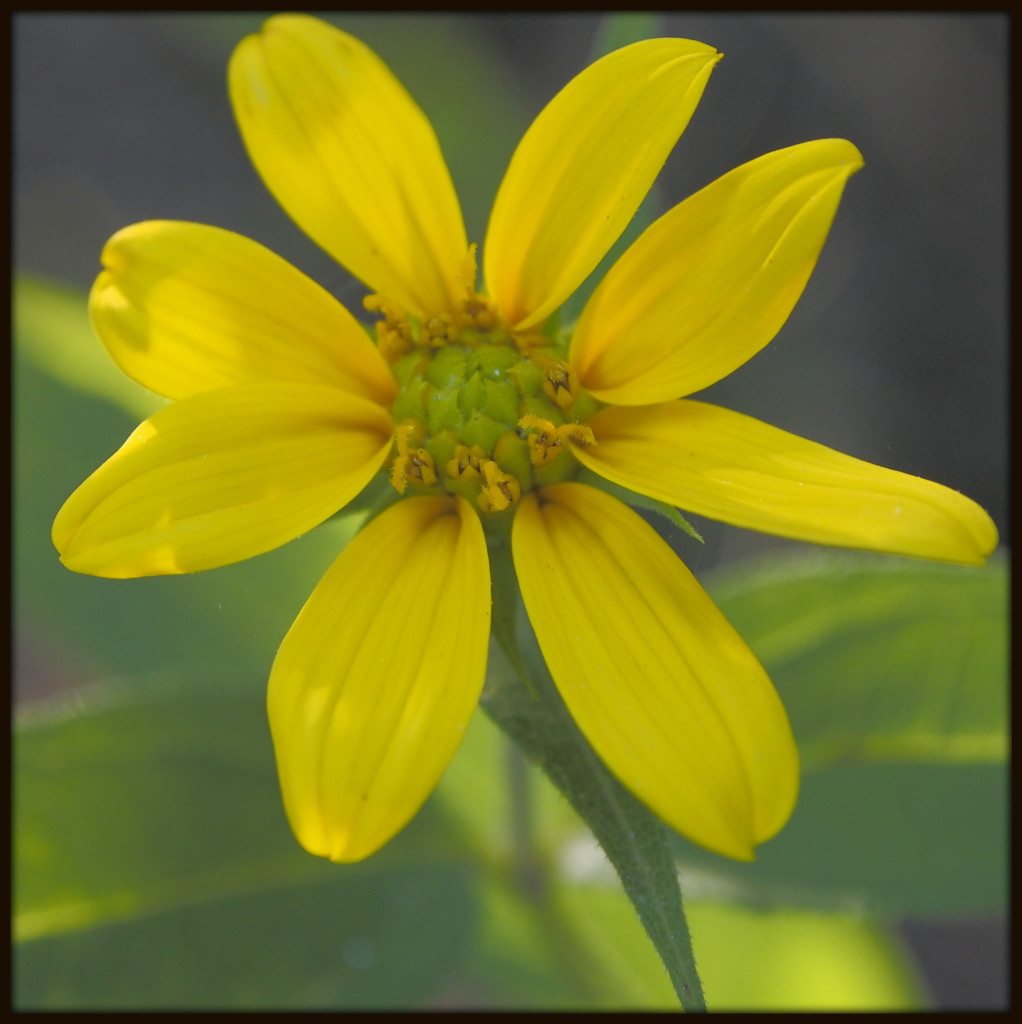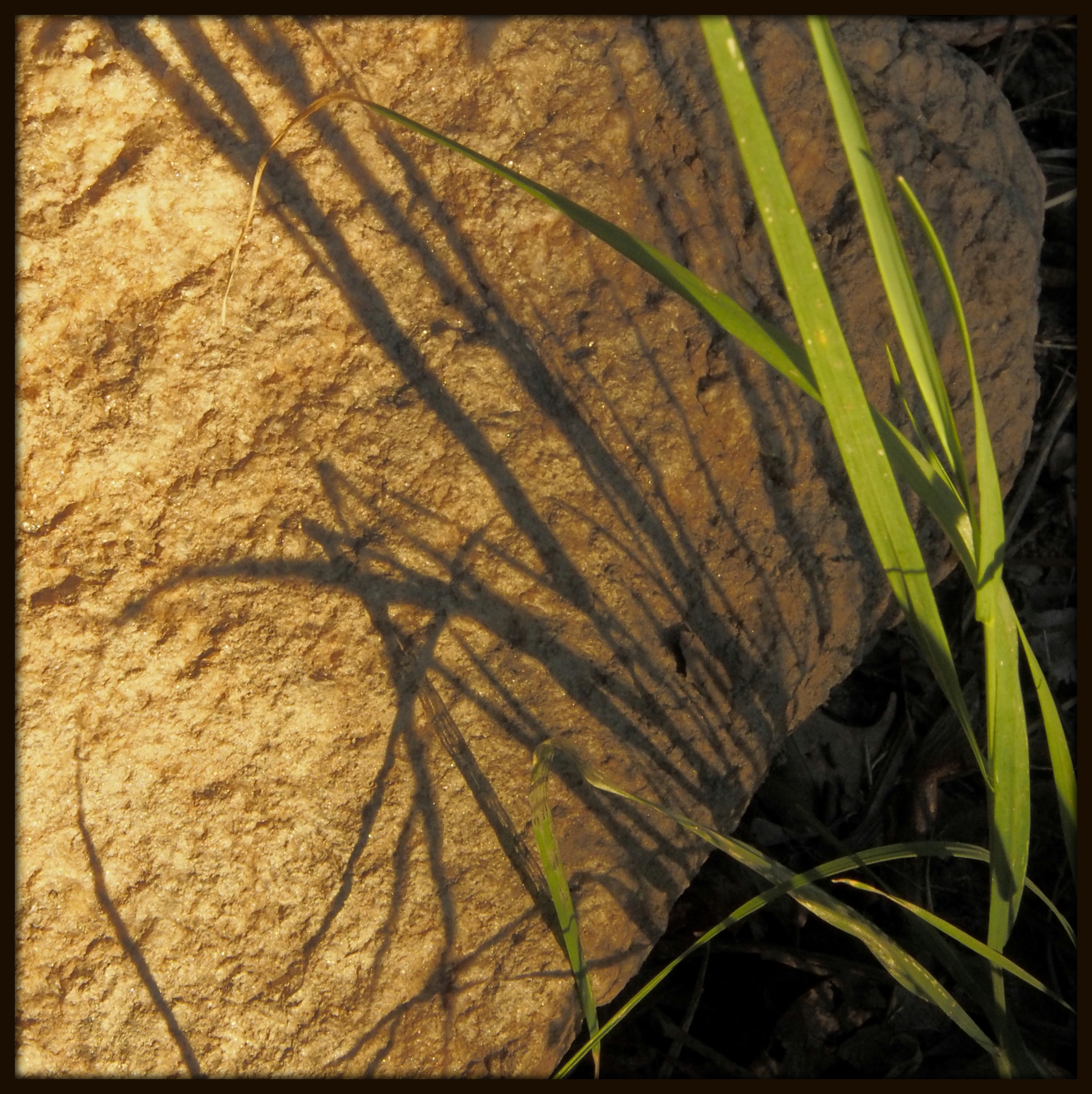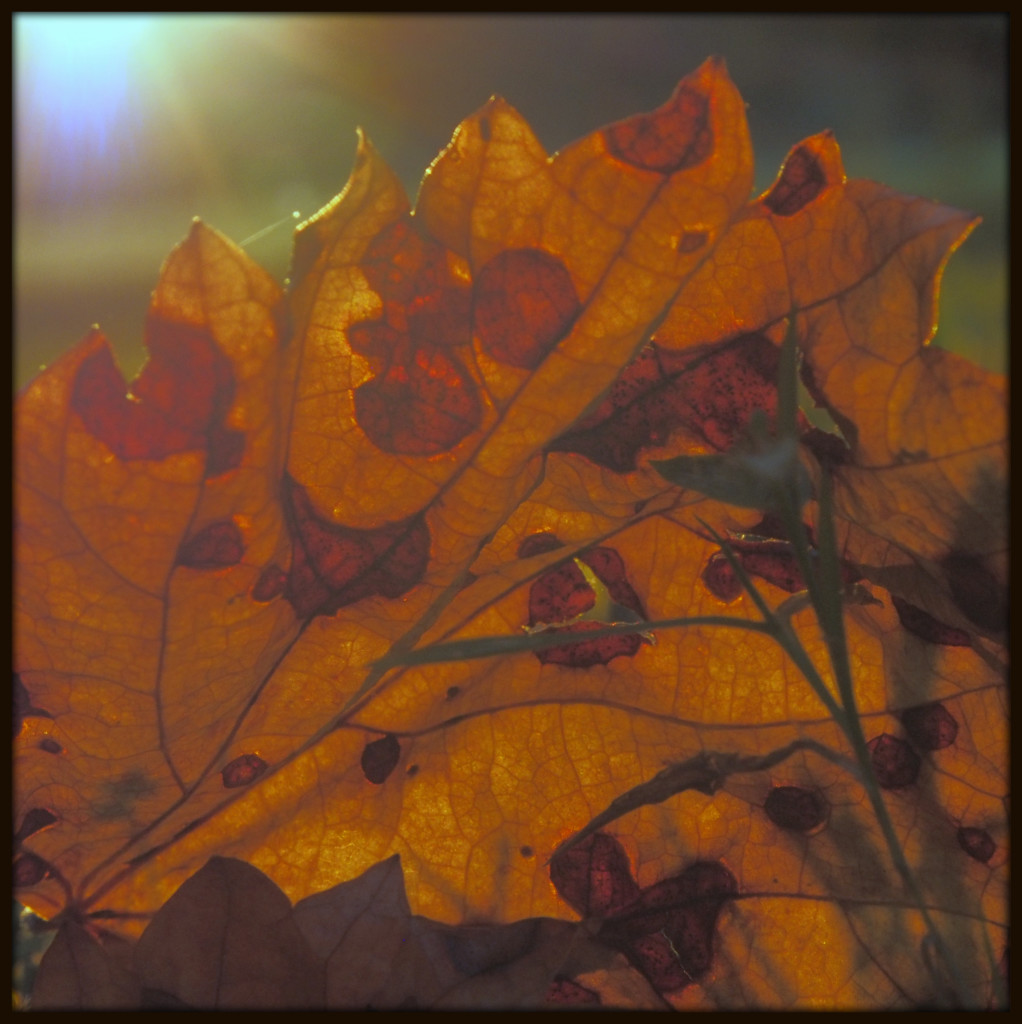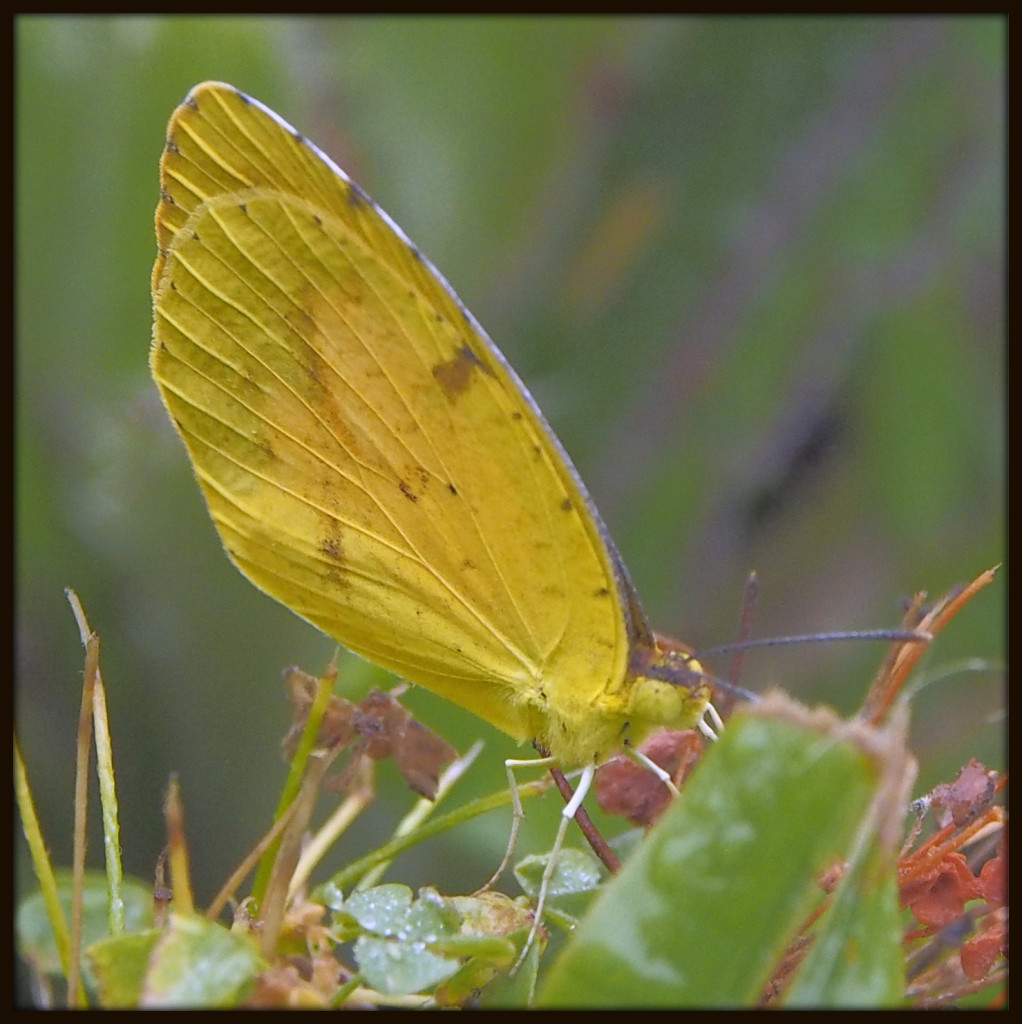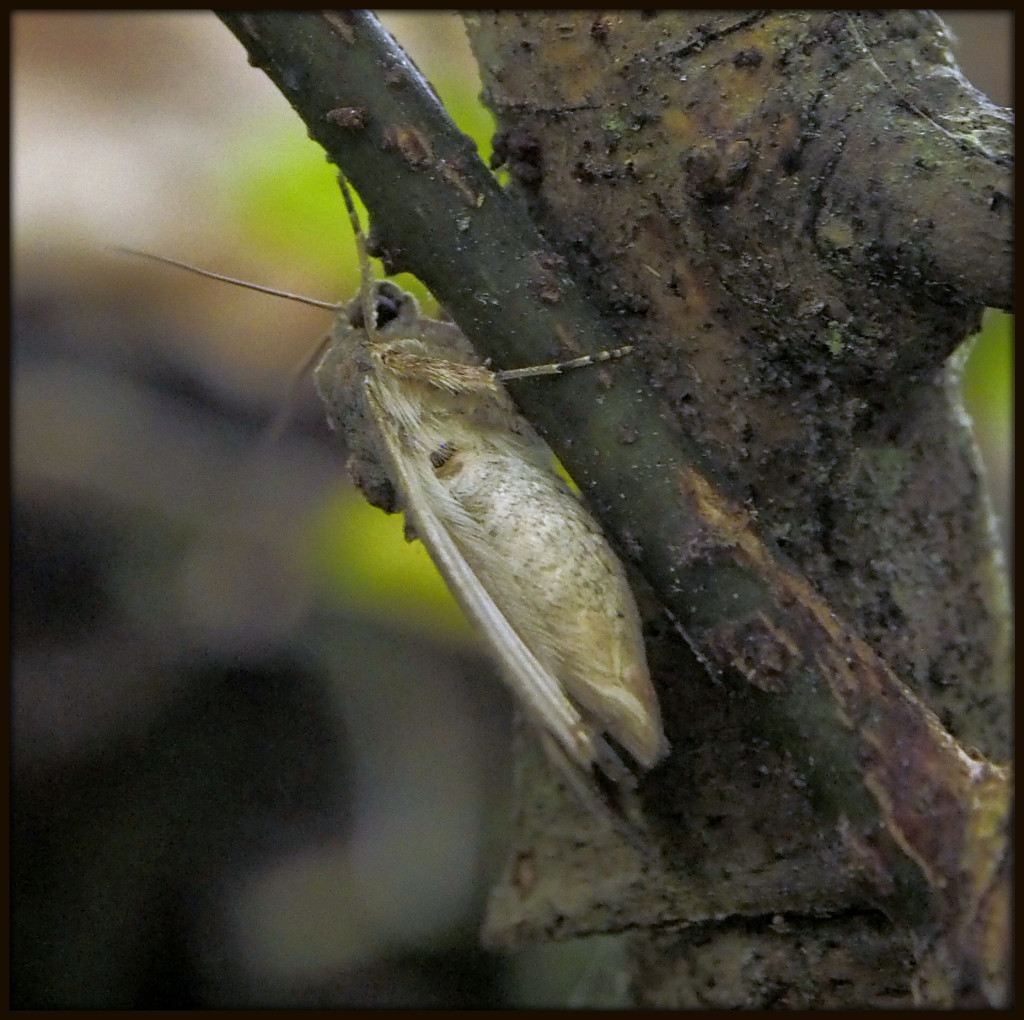I could not avoid today’s image. The dead cardinal, head crushed and body mostly decomposed but with feathers still retaining a bright red sheen, lay on the dirt and gravel just a few feet from where cars and trucks raced by along Rico Road. After hesitating a moment, I quickly snapped a single photograph, reassuring myself that it was “for documentary purposes only” and that I would undoubtedly discover something else on my walk. Only, I didn’t. I unenthusiastically took a couple of photographs of a new black cherry leaf, and tried (without much success) to catch an orb-weaving spider in the midst of wrapping a giant fly caught in her web. But I knew, as I walked up to Hutcheson Ferry Road and back again, that I had already found the day’s subject. So when I returned to where the cardinal lay, I stopped for a few more photographs; the one below was the last I took before continuing toward home.
For 195 days, I have largely avoided death in my photography. When I first considered photographs that evoke wonder, I tended to think of springtime and new growth, or else the play of shadows and light on the trees and grass. As an occasional oblique memento mori, I might photograph some fallen leaves or wildflowers past their peak. But today, I came to accept, at last, that death is a source of wonder, and that wonder can sometimes be tinged with sorrow and loss. Death is, after all, the ultimate mystery of our lives. It waits on the edges of our vision, lingering there in the shadows, occasionally emerging into our noonday hours when we lose a parent, a spouse, a dear friend. Each time that happens, we are compelled to recognize how precious our hours and days are, and how vital it is that we live them deeply and fully, sucking the marrow out of life, as my mentor H.D. Thoreau once wrote. Confronting death, whether that of another or even our own in the midst of a terminal illness, can serve to accentuate the delight we can find in simple everyday experiences and things, if we allow that to happen. And without the prospect of death, would our potential for wonder and awe be as great as it is? When we know that the only certainty is here and now, we can open up to the incredible possibilities each and every moment may offer us.
